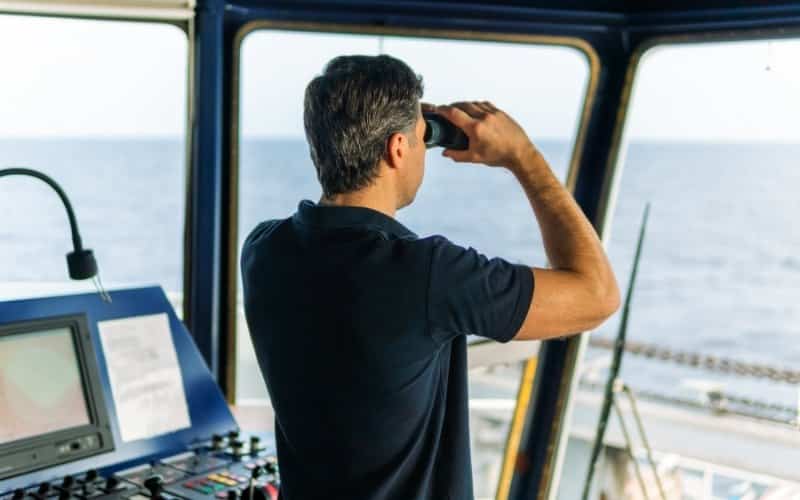

The Officer on Watch (OOW) when on duty is in charge of the ship’s navigation and safety. While on the bridge, he is the representative of the ship’s master and must carry out all the orders as put forth by the latter.
While navigating the ship, the officer in charge has to take independent decisions to ensure a smooth passage of the ship. However, every shipping company provides a list of situations, wherein the officer on watch must call the ship’s master to the bridge to avoid any kind of danger for the ship.


These instructions are given in the shipboard operational procedures, and it is imperative for every OOW to follow them.
Below is the checklist of situations, wherein the officer on watch should call the ship’s master
Apart from the above mentioned situations, the officer in charge should always call the master in case of an emergency or when in doubt about a particular situation.
Once on the ship, the master would take the control of the ship. This has to be recorded in the ship’s logbook.










We believe that knowledge is power, and we’re committed to empowering our readers with the information and resources they need to succeed in the merchant navy industry.
Whether you’re looking for advice on career planning, news and analysis, or just want to connect with other aspiring merchant navy applicants, The Marine Learners is the place to be.